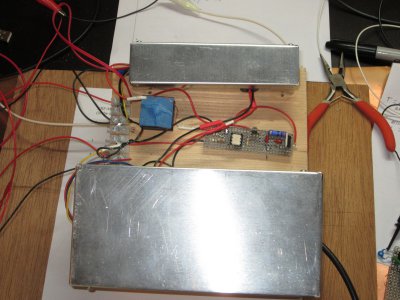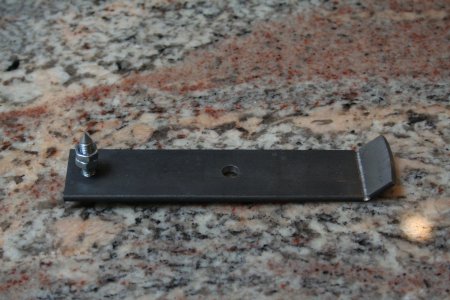- Joined
- Feb 25, 2021
- Messages
- 3,130
GrahamThank you for thinking of me. I have hopes of getting back into my favourite hobby, but for the present, I have to deal with a debilitating condition, in addition to my wife requiring more surgery next week. Regrettably, I can no longer even fly sailplane gliders, sharing thermals with birds of prey over (UK) Hampshire. To do such stuff, one has to at least be able to climb in!
I take inspiration from you all, folk like @rabler, who has been very kind despite having worse problems than I have. For now, I shall stay with this community, and contribute when I can.
----
When it comes to very low noise front-end high gain stuff, JFE150 and JFE2140 with the low shot noise could indeed be useful, say in the role of the front-end JFET in that extreme performance TIA we have already modeled. I have noticed that many JFETs from the 1990s, often used for high class audio pre-amps, just fit right in when used as part of TIAs working with modern op-amps. Some are simply the same old FET designs, re-named and outrageously priced, offered at the audio fans (eg. those LSK170 and similar from Linear Systems).
By every considered calculation, there seems a reasonable chance that one can achieve low noise gains greater than 1e+05 to compete with photomultipliers. The key property in comparing the two approaches is right up at the sensor. It is about how good are high area PIN diodes vs scintillator crystals feeding PMT photocathodes made of exotic materials.
Sorry to hear of continuing challenges. It is tough when we have to give up things we love doing. I hope the new year is kinder to us all.



